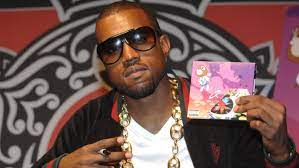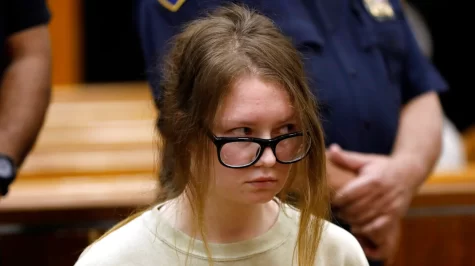YouTube’s ad policy enrages the YouTube community
YouTube error face
Since YouTube’s enforcement of their Advertiser-Friendly content guidelines this September, creators are finding it more difficult to make money.
These policies are supposed to help YouTube become a more family-friendly platform. At the same time, though, it censors creators from voicing their opinions because they fear their videos being demonetized. Before a video is demonetized, it is flagged and considered non-advertiser friendly by the YouTube staff. Videos are flagged for controversial tags such as suicide, ISIS, etc. A yellow dollar sign is added to demonetized videos and the creator can’t make money off of the video. YouTube notifies the creator when their video is demonetized and they can appeal this through the video editing section if they feel the video does not break any of the guidelines.
Though the Advertiser-Friendly content guidelines are not necessarily new, YouTube is now enforcing them. The new guidelines include:
- No sexually suggestive content, including partial nudity and sexual humor.
- No violence, including display of serious injury and events related to violent extremism.
- No inappropriate language, including harassment, profanity and vulgar language
- No promotion of drugs and regulated substances, including selling, use and abuse of such items.
- No controversial or sensitive subjects and events, including subjects related to war, political conflicts, natural disasters and tragedies, even if graphic imagery is not shown.
YouTuber Philip DeFranco uploaded a video “Leaked Video of SJW LOSING IT Blows Up In Her Face” that was demonetized for having excessively strong language. DeFranco then uploaded a second video arguing that the removal of monetization is a form of censorship. He says, “If you really want to hurt someone, you hurt them in their wallet.”
Later he noticed 12 other videos on his channel demonetized on the basis of controversial subjects even if graphic images are not shown. In another video, DeFranco tells his audience that he requested an interview with YouTube about the subject, but they declined, telling him no interviews will occur. Instead, an anonymous YouTube spokesperson gave DeFranco a public statement, “While our policy of demonetizing videos due to advertiser-friendly concerns hasn’t changed, we’ve recently improved the notification and appeal process to ensure better communication.”
This means YouTube has been demonetizing videos for multiple months and only recently started notifying creators. While the company made the appealing process easier, many YouTubers are still enraged, even starting the #YoutubePartyIsOver trend.
YouTuber GradeAUnderA uploaded a video about the issue to explain why it is not concerning. A small number of videos have been demonetized and the appeal process is easily won. He says the only channels who need to be concerned are channels with content primarily controversial. This argument may not hold true, however, because some demonetized videos with “inappropriate tags” were not inappropriate at all. A few videos by YouTuber Boogie2988 were demonetized for having the tag “suicide” on them, but the videos were discussing suicide prevention.
Many YouTubers claim this censorship is the end of YouTube. Some creators have already quit. YouTuber Penguinz0 says, “If they actually follow through with this and make YouTube this safe space they’re trying to make, that will be the perfect storm that could kill YouTube.” YouTube is thought to be a place for freedom of speech, so to limit that is to upset most of its content providers. Penguinz0 continues, “I always thought YouTube was too big to fail, but the only people who could kill YouTube are doing their absolute best to do just that.”
















